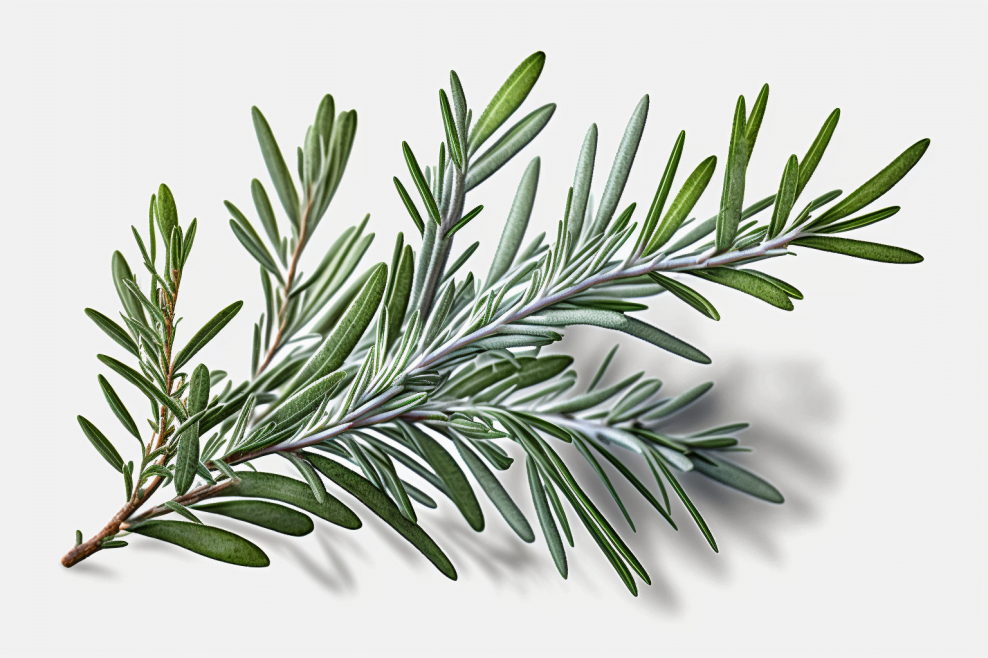English
Increased interest in terpenes in cannabis
Terpenes in cannabis are aromatic essential oils that are secreted in different concentrations in different cannabis varieties, along with cannabinoids such as THC and CBD. It is these compounds that give cannabis varieties their characteristic aromas and flavours, such as berry, pineapple, pineapple and diesel. In addition to their effect on smell and taste, there is evidence that they can also alter the effects of cannabis. With the growing information on terpenes in cannabis, terpenes are more interesting to consumers than ever before. Although the focus is predominantly on cannabinoids, terpenes are increasingly being searched for on the internet.
Although there can be more than 200 different terpenes in cannabis present in varying concentrations in a given varieties, there are about 10 primary terpenes in cannabis that appear most often in the highest concentrations and about 20 other secondary terpenes in cannabis that appear in lower concentrations. We would like to present three of these primary and secondary terpenes: humulene, caryophyllene and trans-nerolidol.
Humulene
Humulene is one of the components of the essential oil from the flowering cone of the hops plant, it also occurs naturally in cloves, basil, hops and cannabis sativa. It has a subtle earthy and woody aroma with spicy herbal notes that you might recognise in some of your favourite varieties. Although marijuana is generally associated with appetite stimulation, humulene is actually known to suppress hunger.
Other potential effects of humulene include:
- Anti-inflammatory
- Anti-bacterial
- Pharmacokinetic
- Anti-tumor
Ocimene
Ocimene is a terpene responsible for some of the sweet and herbaceous flavors of certain cannabis varieties, and it can also add citrusy and woody undertones. Ocimene is a monoterpene found in a wide variety of plants. Hops, kumquats, mangoes, basil, bergamot, lavender, orchids, pepper and a host of other plants contain ocimene in varying amounts. In the perfume industry, ocimene is commonly used for its sweet, floral and herbal aroma profile.
Ocimene is also thought to be a protective agent or part of a plant’s defence mechanism against harmful elements. Pests such as aphids, which can be very damaging to cannabis crops, stay away from strains containing this terpene, in the same way that mosquitoes stay away from citrus oils found in some geranium strains.
Other potential effects of Ocimene include:
- anti-inflammatory
- help treat symptoms of diabetes
- anti-oxidative properties
- help with type 2 diabetes and hypertension
Caryophyllene
Caryophyllene (or β-caryophyllene) is a spicy, peppery terpene found in many edible plants. Spices such as black pepper, cloves and cinnamon, as well as herbs such as oregano, basil, hops and rosemary, are known to have high concentrations of caryophyllene. Due to its affinity with peripheral CB2 receptors, caryophyllene is often used in topical products and anti-inflammatory ointments. Caryophyllene helps to improve cold tolerance at low ambient temperatures. Caryophyllene is the component responsible for the identification of marijuana by drug-sniffing dogs and is also a permitted food additive, often as a flavouring.
Other potential effects of Caryophyllene include:
- Alcohol craving reduction
- Anti-inflammatory and analgesic
- Anti-anxiety and anti-depressant
- Anti-cancer
Trans-Nerolidol
Nerolidol, also known as peruviol and penetrol, is a natural sesquiterpene alcohol found in the essential oils of many types of plants and flowers. Trans-nerolidol is a secondary terpene, has a strong woody aroma and resembles the fresh bark found in jasmine, tea tree and lemongrass. As such, it offers a delicate, refined floral scent with fruity notes of citrus, apple and rose. This terpene is believed to have sedative effects.
Other potential effects of Trans-Nerolidol include:
- Antifungal
- Antiparasitic
- Antimicrobial
- Inhibits growth of leishmaniasis
Related articles :
Published by Sakul
20/03/2023choose and buy cannabis seeds from our offer
our pleasure































